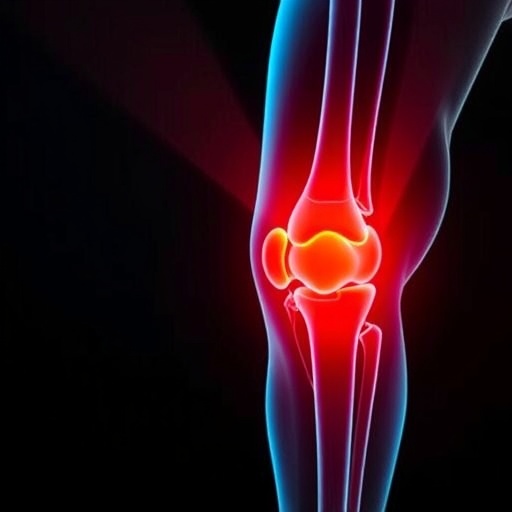A well-known thoracic surgeon successfully completed Northwestern Memorial Hospital's first robotic-assisted minimally invasive tracheoplasty using the da Vinci Xi Surgical System to help repair the collapse of the central airway including the trachea and bronchi. Northwestern Memorial is only the second hospital in the country to successfully complete such a complicated procedure providing patients with a better outcome and quicker recovery time after surgery.
"It's exciting times to be able to offer our patients minimally invasive surgical techniques for complex problems such as tracheobronchomalacia (TBM)," said Ankit Bharat, MD, thoracic surgeon and surgical director of the Lung Transplant Program & ECMO at Northwestern Memorial Hospital. "Using our robotic platform we can provide a state-of-the-art surgical technique which results in significantly smaller incisions, avoids muscle damage or rib spreading, substantially improves post-procedure recovery, reduces hospital stay, and leads to fewer complications."
The robotic-assisted surgery allows complex thoracic procedures such as tracheoplasty to be performed through smaller incisions with precise motion control, offering patients improved outcomes.
Typically, severe TBM requires a surgical procedure called tracheobronchoplasty where a large chest incision is performed, including cutting of the chest wall muscles, to insert a mesh on the outside of the patient's trachea through a series of meticulously placed sutures to open up the collapsed tissue in the tracheal wall creating better air flow. The procedure generally takes 6-8 hours in the operating room.
Dr. Bharat performed the first robotic-assisted tracheoplasty on Susan Harden, a 52-year-old resident of Worth, Ill. For years, Harden dealt with a relentless cough that wouldn't go away. Bouncing around from doctor to doctor, Harden was overwhelmed with misdiagnoses and medications to try and relieve the distinctive "seal-barking" cough. Doctors thought she had severe asthma, prescribed her four different inhalers and steroids as well as gave her an antidepressant and a hallucinogen to combat her anxiety attacks from not being able to breathe.
However, her cough persisted.
Harden initially met with Northwestern Medicine pulmonologist A. Christine Argento, MD, in March to assess the severity of her airway condition.
"Susan was very symptomatic, even passing out after episodes of coughing. After hearing her seal-barking cough, I knew right away that she had TBM," said Argento. "We needed to act immediately."
Harden underwent extensive evaluation and testing to confirm suspicion of TBM including lung function testing, dynamic CT scan, a bronchoscopy to look at the airway and a tracheal stent trial to confirm the diagnosis and predict a good response before undergoing major surgery.
On May 23rd, Harden underwent an eight hour surgery to insert the mesh on the back of the trachea and bronchi to reinforce the airway and ease symptoms. She left Northwestern Memorial with minimal pain two days later.
"I couldn't be more grateful to Dr. Bharat and his entire team. He gave me my life back," said Harden.
Tracheobronchomalacia, or TBM, is an underdiagnosed, life-threatening airway disorder that occurs when the walls of the airway (specifically the trachea and bronchi) are weak causing the central airway to become narrow or collapsed according to the Genetic and Rare Diseases Information Center. There are two forms of TBM; primary TBM where the condition is inherited during infancy or early childhood and secondary TBM usually seen in adults. Roughly 2 million people worldwide are walking around with severe TBM and need surgery.
###
Anchored by Northwestern Memorial Hospital, the No. 1 hospital in Illinois six straight years by U.S. News & World Report, the departments of Thoracic Surgery and Pulmonology are comprised of a highly-specialized team that consists of surgeons, interventional pulmonologists, pulmonologists, oncologists, radiologists, nurses, anesthesiologists and respiratory therapists. Board-certified thoracic surgeons and pulmonologists manage the full spectrum of malignant and benign diseases of the lung, chest wall, pleura, mediastinum and esophagus as well as have a vested interest in leading research in airway diseases to ensure all patients receive the most efficient and high-quality care closer to home.
To learn more about Northwestern Medicine, visit http://news.nm.org/about-northwestern-medicine.html.
Media Contact
Linnea Mason
[email protected]
312-926-2955
@NorthwesternMed
https://www.nm.org/
https://www.nm.org/about-us/northwestern-medicine-newsroom/press-releases/2018/northwestern-memorial-hospital-first-in-illinois-to-complete-robotic-tracheoplasty




